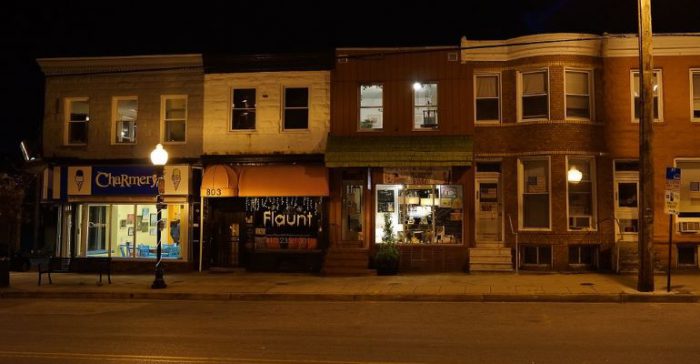Written by Deron Lovaas and published August 19, 2019 on nrdc.org.
There has been considerable attention from national pundits and political operatives pointing at Baltimore as a city that has not reached its full potential. While they have been quick to identify the problem, they have missed the opportunity to identify solutions.
Through weatherization, energy efficiency upgrades and home retrofits low-income housing can become a safer and healthy place for families to live and thrive. While Maryland has made great progress over the past decade by increasing energy efficiency across the state through the Empower Maryland Program, the program is not reaching the families that need it the most. This is onerous for those Marylanders who can least afford it. The national energy burden average for low-income families is 8%, but in Maryland the burden is 13%.
And this burden extends well beyond Baltimore to other local jurisdictions. According to a recent report, more than one-fifth of the population, or 450,000 households, qualify as low-income in our state. While the majority of these households are in the Baltimore and Washington metropolitan areas, at least 25 percent of households in the more rural Eastern Shore and Western counties are low-income. So poverty is substantial in both urban and rural areas of Maryland.
The good news for those of us who are middle- or high-income in the state is that our 5 electric utilities—BGE, Delmarva Power, Pepco, Potomac Edison and the Southern Maryland Electric Cooperative—have been reliably driving energy-saving technologies and techniques such as energy-efficient light bulbs, appliances and insulation into our houses since 2008. That’s the year that EmPOWER Maryland first launched, and programs and services have been on an upward track since then, making our state’s residential sector less wasteful and cleaner.
Sadly the same doesn’t apply to low-income households. The reason is simple. The portfolio of programs that serves middle- and high-income Marylanders as well as commercial and industrial customers was required to reduce per-capita electric demand by 15 percent from 2008-2015 and according the Public Service Commission (PSC) that goal was achieved. Then the PSC extended the performance requirement beyond 2015, a policy that was enacted into a law in 2017. Now our 5 utilities are required to increase their annual electricity savings rates to two percent per year.
In all that time, we’ve required nothing of programs in the state’s portfolio that serve those who benefit from reducing energy cost burdens the most—low-income Marylanders, including a huge number of Baltimore residents. This means that while a rising tide of energy-efficiency is benefiting most Maryland residents and businesses, hundreds of thousands are instead on a ship that’s going nowhere and therefore sinking compared to the rest of us.
Maryland can and should do better. In an op-ed published in the Baltimore Sun today, Energy Efficiency for All’s Lucy Laflamme and Green & Healthy Homes Initiative’s Ruth Ann Norton explain how.
